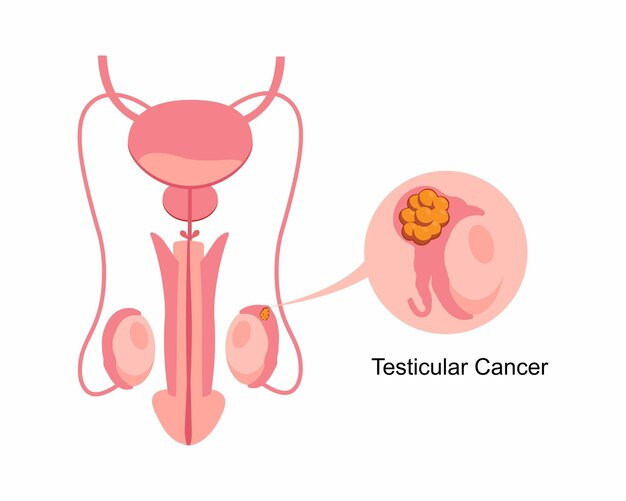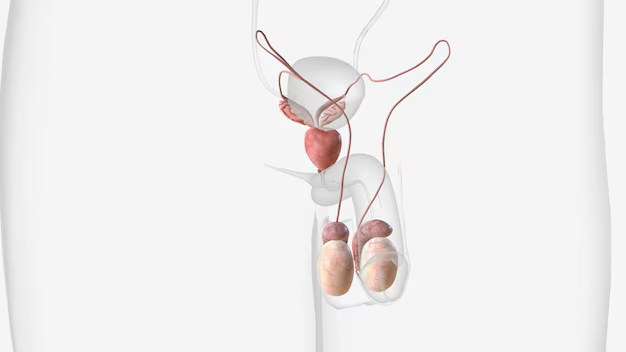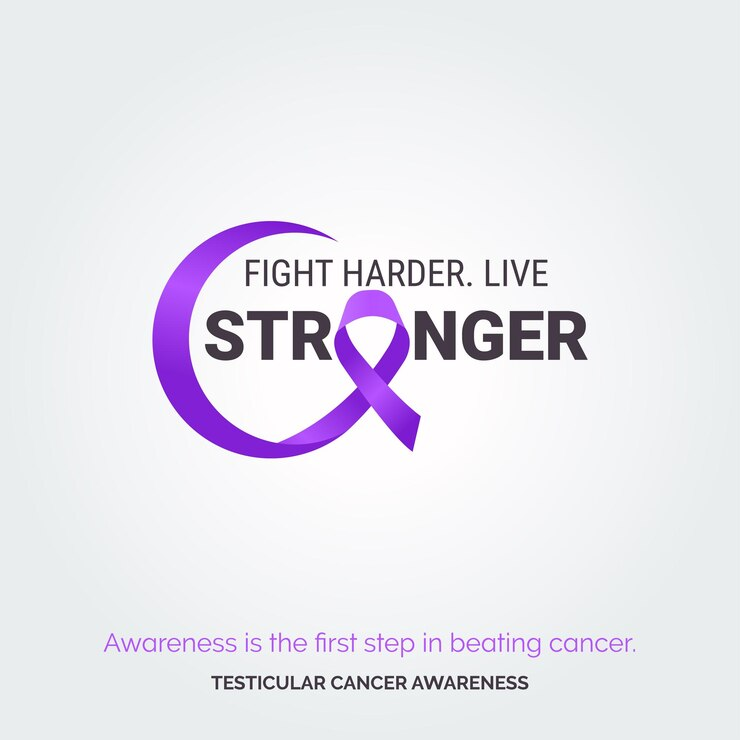Testicular cancer, while relatively rare, is the most common cancer among young men aged 15 to 35. Early detection plays a crucial role in improving treatment outcomes and survival rates.
In this article, we’ll delve into the significance of screening for testicular cancer, highlight relevant statistics, and discuss what men should know about self-examination and medical consultations.

1. Why Screening Matters
The survival rate for testicular cancer is remarkably high, particularly when diagnosed early. According to the American Cancer Society, the overall five-year survival rate for testicular cancer is about 95%. However, this statistic emphasizes the need for awareness and proactive screening, as early-stage diagnosis significantly increases the chances of successful treatment.
2. Who is at Risk?
Certain factors can increase the risk of developing testicular cancer, including:
- Age: Most cases occur in men between 15 and 35 years old.
- Family History: A family history of testicular cancer can increase risk.
- Cryptorchidism: Men who have had undescended testicles are at higher risk.
Understanding these risk factors is essential for identifying individuals who should prioritize screening.
3. Self-Examination: A First Line of Defense

Regular self-examinations are a straightforward and effective way for men to monitor their testicular health. The American Cancer Society recommends performing self-exams monthly. The process involves:
- Visual Inspection: Look for any swelling or changes in the appearance of the testicles.
- Physical Examination: Gently roll each testicle between the thumb and fingers to feel for lumps or abnormalities.
Men should be aware of what is normal for them, as changes in size, shape, or texture can indicate potential health issues.
4. Medical Screening and Recommendations
While there are no routine screening guidelines for testicular cancer in asymptomatic men, healthcare providers may suggest clinical exams for those at higher risk. It’s recommended that men discuss their risk factors and screening options with their healthcare provider, especially if they notice any unusual changes during self-examinations.
5. Key Statistics

- In 2023, an estimated 9,610 new cases of testicular cancer were diagnosed in the United States.
- The incidence rate has been rising, with a 1-2% annual increase over the past few decades.
- Testicular cancer represents about 1% of all cancers diagnosed in men, yet it accounts for a significant percentage of cancer cases among younger males.
- The survival rate for localized testicular cancer can exceed 99%, highlighting the critical importance of early detection.
6. Conclusion
Testicular cancer, while rare, poses a significant risk to young men, making awareness and early detection essential. By understanding risk factors, performing regular self-examinations, and consulting healthcare providers, men can take proactive steps toward maintaining their reproductive health.
Remember, when it comes to cancer, early detection saves lives.

If you notice any changes or have concerns, don’t hesitate to reach out to a healthcare professional.
